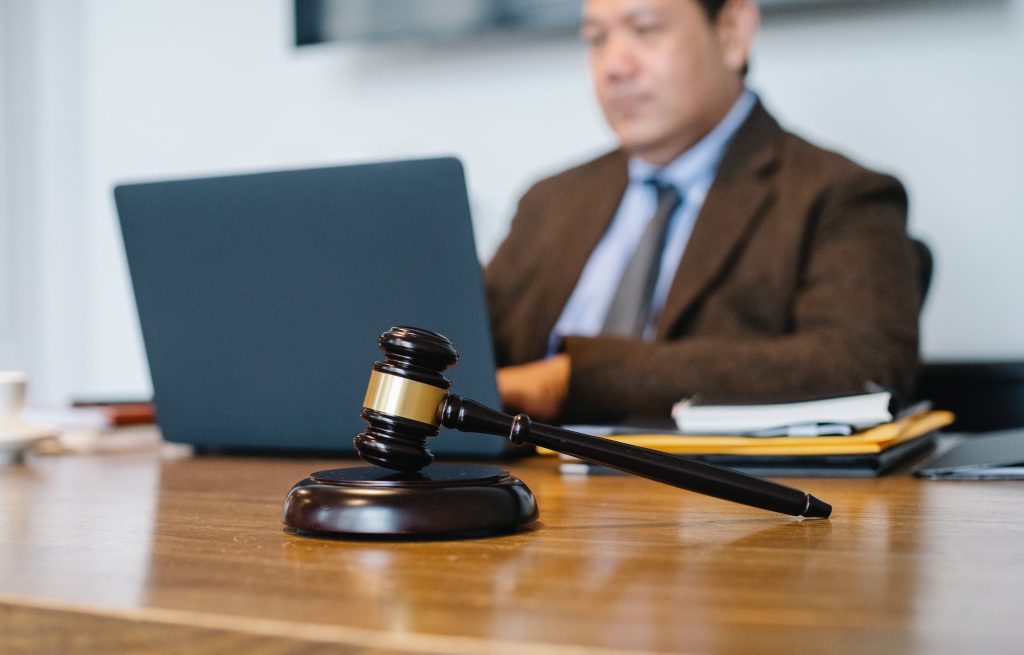Parole and probation are frequently used terms in the criminal justice system, yet their distinctions are not always clear. Delving into their definitions, legal foundations, and unique characteristics is crucial for a comprehensive understanding.
In this exploration, we’ll unravel the intricacies to understand the differences between parole and probation, their legal underpinnings, and the nuances that set them apart. We’ll also touch upon parole and probation violations in California ¹ and the role a lawyer can play in these situations.
What is Parole? A Chance at Reintegration
Parole entails the conditional release of a prisoner before completing their maximum sentence, granted by a parole board ² or similar authority. This release is contingent on demonstrated rehabilitation and the ability to reintegrate into society without posing a threat. The primary objective is to provide supervision and support, aiding offenders in a successful transition back into the community.
Assessment factors for parole include the nature of the offense, the inmate’s behavior in prison, and potential risks to public safety. Parolees adhere to specific conditions like regular check-ins with parole officers, mandatory drug tests, and limitations on travel or associations.
Legal Context and Purpose of Parole
The legal context of parole, though varying across jurisdictions, generally revolves around the rehabilitation of offenders and alleviating prison overcrowding. Parole serves as an opportunity for individuals to reintegrate into society, backed by counseling programs, substance abuse treatment, and vocational training.
Parole’s goals encompass monitoring behavior, ensuring compliance with release conditions, and offering assistance for successful reintegration. Parole officers ³ play a pivotal role in guiding, evaluating progress, and holding parolees accountable.
What is Probation? A Community-Based Alternative
In contrast, probation is an alternative to incarceration that allows convicted individuals to stay in the community under probation officers’ supervision. Unlike parole, probation is often part of the original sentence and is not granted after serving time in prison. It serves purposes such as punishment, rehabilitation, and community protection, giving offenders a chance to address their behavior while remaining part of the community.
Probation shares commonalities with parole in terms of conditions—regular meetings with probation officers, participation in treatment programs, and refraining from criminal activities.
Legal Foundations of Probation and Parole
Both probation and parole have legal foundations outlining eligibility criteria and implementation guidelines. Probation’s legal basis⁴ considers offense severity, criminal history, and individual and societal interests. Probationary sentences aim to strike a balance between punishment, rehabilitation, and community protection.
Parole relies on distinct legal principles outlined in statutes or regulations, considering risk assessment, individual progress, and public safety when deciding on release.
Statutory Frameworks and Eligibility Criteria
Statutory frameworks exist for both probation and parole, establishing guidelines for decision-making. Probation eligibility criteria hinge on factors like offense severity, rehabilitation potential, and community-based suitability. Specific criteria may include a clean criminal record, participation in rehabilitative programs, and a supportive social environment.
Key Differences Between Parole and Probation
Several key distinctions set parole and probation apart, notably in release conditions, timing, supervision intensity, and the consequences of violating their terms.
Release Conditions: Parole conditions, determined by parole boards, focus on reintegration support and risk mitigation. In contrast, probation release conditions, set by the court, emphasize structure, accountability, and rehabilitation.
Timing and Initiation: Parole is granted after serving a portion of the prison sentence, contingent on good behavior and program participation. Probation is ordered at sentencing, either as an alternative to incarceration or a condition of a suspended sentence.
Supervision: Parole supervision is intensive, given the higher risks associated with individuals released from prison. Probation supervision is comparatively less rigorous, focusing on guidance, support, and community reintegration.
Violation Consequences: Parole violations may lead to revocation and return to prison. Probation violations ⁵ result in consequences ranging from warnings to modified conditions or, in severe cases, revocation and imposition of the suspended sentence.
Similarities Between Probation and Parole

Despite the difference between parole and probation, they both share commonalities in their focus on rehabilitation, alternatives to incarceration, and court involvement.
Rehabilitation Focus: Both programs emphasize positive behavior change and reducing recidivism by offering counseling, therapy, and treatment programs.
Alternatives to Incarceration: Acknowledging that some individuals can be supervised effectively in the community, both serve as alternatives to full-time imprisonment.
Court Involvement: Both probation and parole involve court participation, ensuring ongoing monitoring and support for successful outcomes.
Navigating Parole and Probation Violations in California
In California, parole and probation violations carry significant consequences. Legal representation by an experienced criminal defense lawyer becomes crucial in these situations.

A knowledgeable probation violation attorney ⁶ can investigate alleged violations, challenge improper accusations, and advocate for fair treatment. They guide individuals through the legal process, ensuring comprehension of rights and providing support, thereby improving the chances of the best possible outcome.
Parole and probation, while distinct, play vital roles in the criminal justice system. Parole focuses on reintegrating prisoners successfully, while probation serves as a community-based alternative to incarceration. Understanding the nuances between these forms of community supervision aids individuals and professionals in navigating the criminal justice system, supporting successful reentry, and working towards reducing recidivism rates.
References
-
- Manshoory, S. (2023, September 20). What happens when you violate parole for the first time | Manshoory Law. Manshoory Law Group, APC. https://manshoorylaw.com/blog/can-you-be-sent-to-jail-if-you-violate-your-california-probation-one-time/
- Devendorf, J., Esq. (2024, February 9). What is a parole board? LawInfo.com. https://www.lawinfo.com/resources/criminal-defense/sentencing/what-is-a-parole-board.html
- What do parole officers do: daily work & skills. (n.d.). https://www.franklin.edu/career-guide/probation-officers-and-correctional-treatment-specialists/what-do-parole-officers-do
- Overview of probation and supervised release conditions. (n.d.). United States Courts. https://www.uscourts.gov/services-forms/overview-probation-supervised-release-conditions
- Manshoory, S. (2023, September 20). How to prepare for a probation violation hearing | Manshoory Law | blog. Manshoory Law Group, APC. https://manshoorylaw.com/blog/preparing-probation-violation-hearing/
- Los Angeles Probation violation Lawyer | Manshoory Law. (2021, December 7). Manshoory Law Group, APC. https://manshoorylaw.com/probation-violation/


